Home>Articles>How To Store Cut Vegetables In Fridge For Long Time
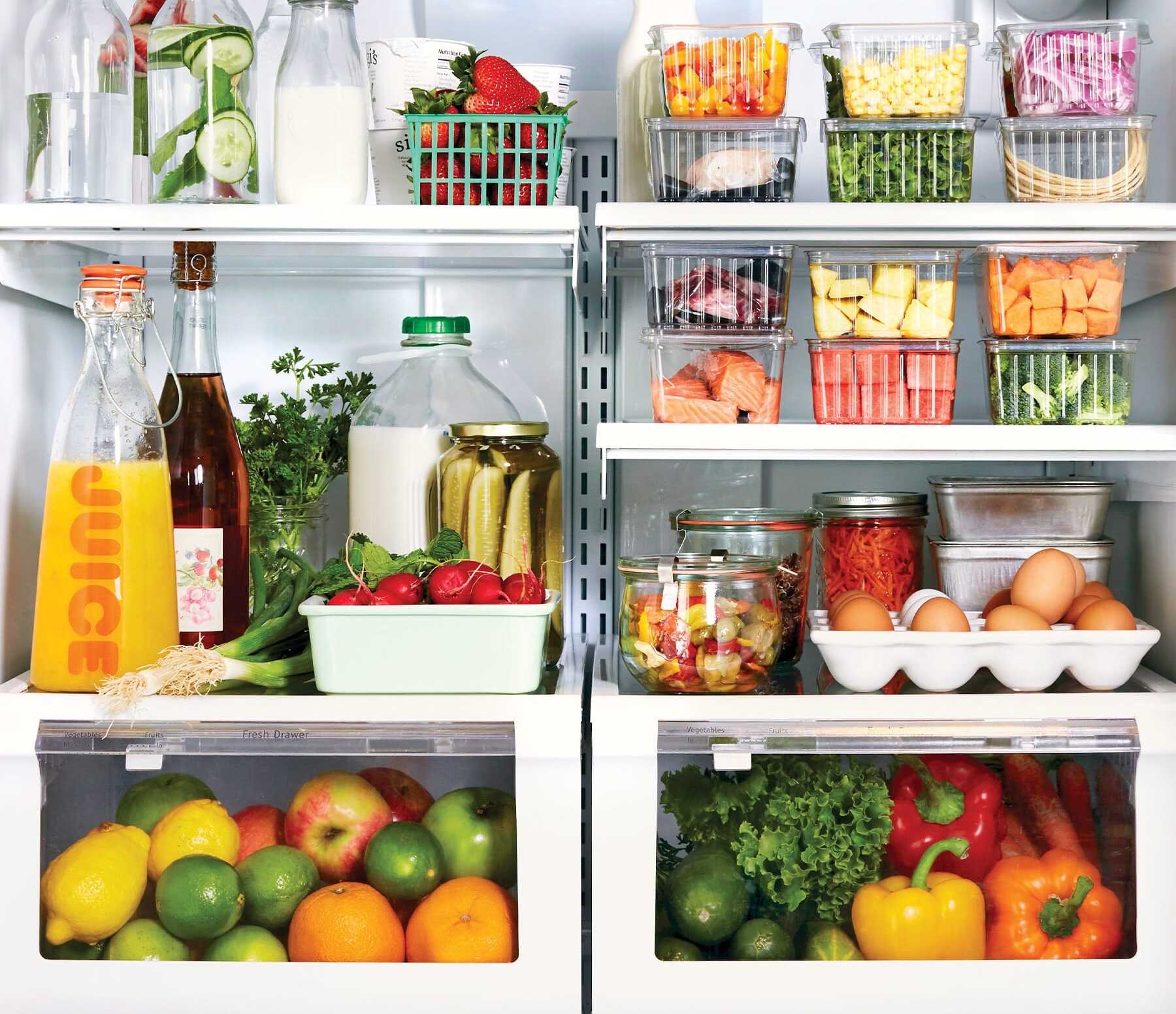

Articles
How To Store Cut Vegetables In Fridge For Long Time
Modified: February 23, 2024
Learn how to store cut vegetables in the fridge to keep them fresh for longer and avoid spoilage. Discover helpful tips and techniques in this informative article.
(Many of the links in this article redirect to a specific reviewed product. Your purchase of these products through affiliate links helps to generate commission for Storables.com, at no extra cost. Learn more)
Introduction
Properly storing cut vegetables in the fridge is essential not only to maintain their freshness but also to prevent them from spoiling too quickly. When vegetables are cut, they are exposed to air, moisture, and light, which can accelerate their deterioration. By following the right storage techniques, you can extend the shelf life of cut vegetables and ensure that they remain crisp, flavorful, and nutrient-rich.
Whether you have leftover vegetables from a meal prep session or simply want to store pre-cut veggies for convenient use, understanding the best practices for storing them is crucial. In this article, we will explore various techniques and guidelines for storing different types of cut vegetables, from leafy greens to root vegetables and more.
By learning how to properly store cut vegetables, you can reduce food waste, save money, and have readily available ingredients for your recipes. So, let’s dive in and discover the secrets to keeping your cut vegetables fresh and flavorful for an extended period of time.
Key Takeaways:
- Properly storing cut vegetables is crucial for maintaining freshness, flavor, and nutrients. Specific storage techniques for different vegetable categories can help reduce food waste and ensure longer enjoyment of vibrant, nutritious produce.
- Following general guidelines and specific storage techniques for various vegetable categories can extend the shelf life of cut vegetables. This reduces food waste, saves money, and ensures readily available fresh ingredients for meals.
Importance of Proper Storage
Proper storage of cut vegetables is crucial for several reasons. Firstly, it helps to maintain their freshness and quality. When vegetables are cut, their protective outer layers are compromised, making them more susceptible to moisture loss, oxidation, and microbial growth. By storing them correctly, you can slow down these processes and ensure that your vegetables retain their texture, color, and flavor.
Secondly, proper storage helps to preserve the nutritional value of the vegetables. Many vitamins and minerals are sensitive to air, light, and heat, and prolonged exposure can lead to nutrient degradation. By storing cut vegetables in optimal conditions, you can minimize nutrient loss and ensure that you’re getting the maximum nutritional benefits from the vegetables you consume.
Additionally, proper storage can help reduce food waste. When vegetables spoil or become unappetizing due to improper storage, they often end up in the trash. By following the right storage techniques, you can prolong the shelf life of cut vegetables, giving you more time to use them before they spoil. This not only saves you money but also contributes to sustainability efforts by minimizing food waste.
Lastly, proper storage ensures food safety. Cut vegetables, like any perishable food item, can harbor bacteria and pathogens if not handled and stored correctly. By keeping your vegetables at the proper temperature and preventing cross-contamination, you reduce the risk of foodborne illnesses.
Overall, understanding the importance of proper storage for cut vegetables is vital for maintaining their freshness, preserving their nutrients, reducing food waste, and ensuring food safety. By implementing the right techniques, you can enjoy flavorful and nutritious vegetables for an extended period of time.
General Guidelines for Storing Cut Vegetables
When it comes to storing cut vegetables, there are some general guidelines that can help you maintain their freshness and quality. Here are some essential tips:
1. Clean and dry: Before cutting your vegetables, make sure to wash them thoroughly to remove any dirt or debris. After cutting, ensure that the pieces are completely dry. Moisture can accelerate spoilage, so pat them dry with a clean kitchen towel or use a salad spinner.
2. Use airtight containers: Transfer the cut vegetables to airtight containers or resealable plastic bags. This helps to prevent moisture loss and exposure to air, which can lead to wilting and flavor loss. Make sure the containers are clean and dry before adding the vegetables.
3. Label and date: To keep track of the freshness of your cut vegetables, label the containers or bags with the name of the vegetable and the date it was cut. This will help you use the oldest vegetables first and avoid any potential waste.
4. Store at the right temperature: Most cut vegetables should be stored in the refrigerator at temperatures between 35°F (1.6°C) and 40°F (4.4°C). However, some vegetables, like tomatoes, bell peppers, and onions, may do better at slightly higher temperatures. Consult a vegetable-specific guide to determine the ideal temperature for each type.
5. Avoid overcrowding: Overcrowding the container can lead to faster spoilage. Leave some space for air circulation to prevent the vegetables from becoming mushy or developing off-flavors.
6. Keep away from ethylene-producing fruits: Some fruits, such as apples, bananas, and avocados, produce a natural ripening agent called ethylene, which can accelerate the ripening process of vegetables. Keep the cut vegetables away from these fruits to avoid premature spoilage.
7. Use within a few days: Cut vegetables generally have a shorter shelf life compared to whole vegetables. Aim to use them within 3-5 days for the best flavor and texture. Discard any vegetables that show signs of spoilage, such as mold, sliminess, or a foul odor.
By following these general guidelines, you can ensure that your cut vegetables remain fresh and flavorful for as long as possible. However, it’s important to remember that different types of vegetables have specific storage requirements. Let’s explore the storage techniques for specific vegetable categories in the following sections.
Storing Leafy Vegetables
Leafy vegetables, such as lettuce, spinach, kale, and Swiss chard, are delicate and prone to wilting if not stored properly. Here are some tips for storing leafy vegetables:
1. Remove any damaged leaves: Before storing, inspect the leaves and remove any that are wilted, bruised, or damaged. These leaves can accelerate spoilage and affect the quality of the remaining leaves.
2. Rinse and dry: Wash the leaves with cold water and gently pat them dry with a kitchen towel or use a salad spinner to remove excess moisture. Excess moisture can lead to rotting, so make sure the leaves are completely dry before storage.
3. Store in breathable bags: Place the dry leaves in breathable plastic bags or produce storage bags. Avoid sealing the bags tightly to allow for some airflow and prevent excess moisture buildup. Alternatively, you can line a container with a clean, dry cloth or paper towel and place the leaves on top, loosely covering them with another cloth or paper towel.
4. Refrigerate: Place the bags or containers in the refrigerator’s crisper drawer or the coldest part of the fridge. Leafy vegetables are sensitive to cold temperatures, so set the fridge temperature between 35°F (1.6°C) and 40°F (4.4°C).
5. Use within a week: Leafy greens are best consumed within a week of storage for optimal freshness. As with any vegetable, discard any leaves that show signs of spoilage, such as discoloration, sliminess, or a foul odor.
By following these guidelines, you can prolong the shelf life of leafy vegetables and enjoy vibrant, crisp greens for your salads, stir-fries, or wraps.
Storing Root Vegetables
Root vegetables, like carrots, beets, radishes, and potatoes, can be stored for long periods if stored properly. Here are some tips for storing root vegetables:
1. Remove tops: For most root vegetables, it’s best to remove the tops before storage. The leafy greens on top of root vegetables can draw moisture and nutrients from the root, causing it to deteriorate faster. Remove the tops, leaving about an inch of greens attached if you plan to use them.
2. Brush off excess dirt: Gently brush off any excess dirt from the root vegetables. Avoid washing them before storage as moisture can lead to rotting. If the vegetables are exceptionally dirty, you can lightly rinse and pat them dry before storage.
3. Store in a cool, dark place: Root vegetables prefer cool temperatures and darkness. Choose a dark, well-ventilated area, like a root cellar, basement, or cool pantry, to store them. The ideal temperature range is between 32°F (0°C) and 40°F (4.4°C), but many root vegetables can tolerate slightly higher temperatures.
4. Use a breathable container: Place the root vegetables in a breathable container, such as a mesh or paper bag, or a wooden crate lined with newspaper or a clean cloth. This allows for air circulation, preventing moisture buildup and rot.
5. Avoid proximity to ethylene-producing fruits: Some fruits, like apples, emit ethylene gas, which can accelerate the spoilage of root vegetables. Store root vegetables away from ethylene-producing fruits to avoid premature deterioration.
6. Periodically check for spoilage: Regularly inspect the stored root vegetables for any signs of spoilage. Remove any rotting or moldy vegetables to prevent the spread of decay to other vegetables.
7. Use within a few weeks: Root vegetables can generally be stored for several weeks to a few months, depending on the vegetable type. However, the storage life may vary, so it’s important to monitor their condition and use them before they start to deteriorate.
Following these guidelines will help you maximize the shelf life of root vegetables and have a readily available supply for your culinary needs.
Read more: How To Store Cut Vegetables In Fridge
Storing Cruciferous Vegetables
Cruciferous vegetables, such as broccoli, cauliflower, cabbage, and Brussels sprouts, are packed with nutrients and offer a range of health benefits. To store these vegetables and preserve their freshness, consider the following tips:
1. Trim and clean: Before storing cruciferous vegetables, trim any excess leaves or stems. Rinse them under cold water to remove any dirt or debris.
2. Dry thoroughly: Cruciferous vegetables need to be completely dry before storage. Excess moisture can lead to rotting. Pat the cleaned vegetables dry with a kitchen towel or use a salad spinner to remove any water droplets.
3. Store in a perforated bag: Place the dry vegetables in a perforated plastic bag or a produce storage bag with small holes. These bags allow for air circulation, reducing the chances of moisture buildup. Alternatively, you can wrap the vegetables in a damp paper towel and place them in a loosely sealed plastic bag.
4. Refrigerate: Cruciferous vegetables should be stored in the refrigerator. Set the temperature between 32°F (0°C) and 40°F (4.4°C). It’s best to store them in the crisper drawer or in the coldest part of the fridge.
5. Use within a week: Cruciferous vegetables are best consumed within a week of storage for optimal freshness and flavor. As time goes on, they may become slightly wilted or lose their crisp texture.
6. Avoid cutting in advance: It’s best to cut cruciferous vegetables just before using them. Cutting them in advance can accelerate nutrient loss and deteriorate their quality.
By following these storage guidelines, you can enjoy the full nutritional benefits and freshness of cruciferous vegetables in your meals. Remember to check for any signs of spoilage and discard any vegetables that have become slimy, have a foul odor, or show visible signs of decay.
Storing Bell Peppers
Bell peppers are versatile and vibrant vegetables that can add a burst of color and flavor to various dishes. To ensure their freshness and extend their shelf life, follow these tips for storing bell peppers:
1. Choose firm and ripe peppers: Select bell peppers that are firm, smooth, and have a vibrant color. Avoid peppers with blemishes, soft spots, or wrinkled skin, as these are signs of deterioration.
2. Store unwashed: Place unwashed bell peppers in a clean, dry bag or container. Moisture can promote mold growth, so it’s best to leave them unwashed until you’re ready to use them.
3. Refrigerate: Bell peppers should be stored in the refrigerator to preserve their freshness. Place them in a crisper drawer or other cool area of the fridge, ideally at a temperature between 40°F (4.4°C) and 45°F (7.2°C).
4. Use within a week: Bell peppers can typically be stored for up to a week. However, it’s recommended to use them sooner for the best flavor and texture. Over time, the peppers may become softer and lose their crispness.
5. Prevent moisture: Moisture can cause bell peppers to rot quickly. To minimize moisture buildup, you can place a paper towel in the bag or container with the peppers. The paper towel will help absorb excess moisture, keeping the peppers dry and fresh.
6. Avoid storing near ethylene-producing fruits: Bell peppers are sensitive to ethylene gas, which is naturally produced by some fruits, such as apples and bananas. To prevent premature spoilage, store bell peppers away from ethylene-producing fruits.
7. Cut only when ready to use: If you don’t plan to use the entire bell pepper at once, it’s best to leave it whole and cut only the portion you need when you’re ready to use it. This helps to maintain the freshness and quality of the remaining pepper.
By following these guidelines, you can keep your bell peppers fresh and ready to enhance your favorite recipes with their vibrant colors and delicious flavors.
Store cut vegetables in an airtight container or resealable bag with a paper towel to absorb excess moisture. Keep them in the crisper drawer of the fridge to maintain freshness for up to a week.
Storing Tomatoes
Tomatoes are a staple in many kitchens, adding a burst of flavor to various dishes. To keep your tomatoes fresh and flavorful, follow these tips for storing them:
1. Choose ripe, unblemished tomatoes: Select tomatoes that are ripe but firm, with smooth skin and vibrant colors. Avoid tomatoes with bruises, cracks, or mold, as these are signs of deterioration.
2. Store at room temperature: Tomatoes are best stored at room temperature, away from direct sunlight. Placing them in a sunny spot can cause them to ripen too quickly and lose their flavor. Keep them on the kitchen counter or in a well-ventilated area.
3. Stem-side down: Store tomatoes with their stems facing downward. This helps to prevent moisture from accumulating around the stem area, reducing the risk of mold.
4. Avoid the refrigerator, if possible: Cold temperatures can cause the texture of tomatoes to become mealy and affect their flavor. However, if you live in a hot and humid climate or if the tomatoes are very ripe and need to be preserved for a longer time, you can refrigerate them. Just make sure to bring them back to room temperature before consuming for the best taste.
5. Separate from other fruits: Tomatoes produce ethylene gas, which can accelerate the ripening process of other fruits and vegetables. To prevent premature ripening, store tomatoes separately from other produce.
6. Single layer or loosely packed: Avoid stacking or overcrowding tomatoes, as they can easily bruise and become susceptible to spoilage. Arrange them in a single layer in a shallow container or loosely pack them in a basket to provide proper airflow.
7. Check regularly for ripeness: Tomatoes can ripen quickly, especially in warmer environments. Check them regularly for ripeness and use any ripe tomatoes promptly. This will ensure you enjoy them at their peak flavor.
Follow these guidelines to keep your tomatoes fresh and delicious for salads, sauces, or any other recipes that call for this versatile fruit.
Storing Garlic and Onions
Garlic and onions are essential ingredients in many savory dishes, providing depth and flavor to a wide range of recipes. To maximize their shelf life and maintain their quality, follow these tips for storing garlic and onions:
1. Keep them in a cool, dry, and well-ventilated area: Both garlic and onions prefer storage conditions with low humidity and good airflow. Choose a cool and dry spot, such as a pantry or cellar, where the temperature is around 50°F (10°C) to 60°F (15°C).
2. Store in a dark place: Light can cause garlic and onions to sprout. To prevent this, store them in a dark location. You can use a mesh bag, a hanging basket, or a well-ventilated container to keep them together and allow for air circulation.
3. Do not store together: While garlic and onions are often stored together, it’s best to keep them separate. They release gases that can cause each other to spoil more quickly. You can store them in the same area but in different containers or compartments.
4. Do not refrigerate: Refrigerating garlic and onions can cause them to become soft and rubbery. The cold environment can also affect their flavor. Keep them at room temperature instead.
5. Leave the skin intact: Do not remove the papery skin on garlic or the outer layers of onions before storage. These layers help to protect the cloves and bulbs, keeping them fresh for longer.
6. Check regularly for spoilage: Periodically inspect your garlic and onions for any signs of sprouting, mold, or soft spots. Remove any spoiling bulbs or cloves to prevent them from spreading to others.
7. Keep onions away from potatoes: Onions release gases that can cause potatoes to sprout more quickly. Store them separately to preserve the freshness of both.
By following these guidelines, you can extend the shelf life of garlic and onions and ensure that you always have these flavor-packed ingredients on hand for your culinary creations.
Read more: How To Store Cut Onions In The Fridge
Storing Herbs
Herbs add a fresh and aromatic touch to many dishes, enhancing the flavors and elevating the overall culinary experience. To keep your herbs fresh and flavorful for as long as possible, follow these tips for storing herbs:
1. Trim the stems: Before storing, remove any wilted or yellowing leaves and trim the ends of the herb stems. This promotes better water absorption and helps the herbs stay fresh for longer.
2. Rinse and pat dry: Gently rinse the herbs under cold water and carefully pat them dry with a kitchen towel or use a salad spinner. Excess moisture can cause herbs to wilt or turn slimy, so it’s essential to remove as much moisture as possible.
3. Wrap in damp paper towels: Wrap the herbs loosely in slightly dampened paper towels. The moisture from the towels helps to keep the herbs hydrated without making them soggy. Alternatively, you can place the herbs in a container or plastic bag with a small damp cloth.
4. Store in the refrigerator: Place the wrapped herbs in the refrigerator’s crisper drawer or store them in a resealable plastic bag with tiny holes to allow for airflow. The ideal temperature for most herbs is around 32°F (0°C) to 40°F (4.4°C).
5. Check and refresh: Regularly check the herbs for any signs of wilting or decay. If the paper towels become dry, dampen them again. Refreshing the moisture helps to maintain optimal freshness.
6. Use within a week: Fresh herbs are best used within a week for optimal flavor and aroma. While some hardy herbs like rosemary and thyme can last slightly longer, delicate herbs such as basil and cilantro should be used as soon as possible.
7. Consider freezing: If you have an abundance of herbs, consider freezing them for longer-term storage. Chop the herbs and place them in an ice cube tray with a little water or oil. Once frozen, transfer the herb cubes to a freezer-safe bag for easy use in future recipes.
By following these storage practices, you can extend the life of your herbs and have them readily available to enhance your culinary creations with their delightful flavors and fragrances.
Storing Salad Greens
Salad greens, such as lettuce, spinach, arugula, and kale, are the foundation of refreshing and nutritious salads. To maintain their crispness and freshness, follow these tips for storing salad greens:
1. Wash and dry: Rinse the salad greens under cold water to remove any dirt or debris. Gently shake off excess water or use a salad spinner to dry them thoroughly. Excess moisture can cause wilting and spoilage, so it’s crucial to ensure they are completely dry.
2. Remove any damaged leaves: Inspect the salad greens for any damaged or wilted leaves. Remove them before storage, as they can release ethylene gas, which speeds up the spoiling process.
3. Store with moisture: Wrap the salad greens loosely in a clean, damp kitchen towel or place them in a container lined with a damp paper towel. The moisture provides a humid environment that helps to keep the greens crisp and prevents them from drying out.
4. Place in a resealable bag or container: Transfer the wrapped salad greens to a resealable plastic bag or an airtight container. This keeps them protected from excess moisture and allows for proper airflow, preventing them from becoming soggy.
5. Refrigerate: Store the bag or container of salad greens in the refrigerator’s crisper drawer or a cool part of the fridge, ideally at a temperature between 32°F (0°C) and 40°F (4.4°C). Avoid placing them near the back of the fridge, where the temperature may fluctuate due to the opening and closing of the door.
6. Use within a week: Salad greens are best consumed within a week of storage for optimal freshness and flavor. As time goes on, they can become limp and lose their crispness.
7. Refresh if needed: If the salad greens start to wilt or lose their crisp texture, you can revive them by soaking them in a bowl of ice water for a few minutes. Afterwards, gently pat them dry and they should regain some of their crispness.
By following these guidelines, you can enjoy vibrant and crisp salad greens for longer, ensuring that your salads remain fresh and appetizing.
Tips for Keeping Cut Vegetables Fresh
Keeping cut vegetables fresh is essential to prevent spoilage, maintain their nutrients, and ensure they’re enjoyable to eat. Here are some tips to help you maximize the freshness of cut vegetables:
1. Store in the right size: Cut vegetables should be stored in appropriately sized containers or bags to avoid excess air exposure. Use smaller containers for smaller quantities and larger containers for larger quantities. This helps to minimize air circulation and slow down the oxidation process.
2. Use airtight containers: Opt for airtight containers or resealable bags when storing cut vegetables. These containers prevent air from entering, reducing the chances of moisture loss and helping to maintain freshness. Make sure to seal the containers tightly to create a proper seal.
3. Invest in quality storage containers: Consider using high-quality storage containers that are designed specifically for preserving the freshness of fruits and vegetables. Look for containers with adjustable venting options or specially designed compartments. These containers help create the ideal environment for storing cut vegetables.
4. Keep away from moisture-sensitive vegetables: Some vegetables, such as mushrooms, zucchini, and cucumbers, are highly sensitive to moisture and can become mushy or slimy if stored near cut vegetables. It’s best to store these moisture-sensitive vegetables separately to prevent them from spoiling other vegetables.
5. Avoid overcrowding: Overcrowding cut vegetables in a container can lead to increased moisture accumulation, which can promote spoilage. Make sure to leave enough space for air circulation and to prevent the vegetables from becoming too tightly packed.
6. Store away from strong odors: Cut vegetables can absorb strong odors from other foods in the fridge. Keep them away from pungent foods, such as onions and garlic, to prevent them from taking on unwanted flavors.
7. Regularly check for spoilage: Routinely inspect the stored cut vegetables for any signs of spoilage, such as mold, sliminess, or a foul odor. Remove any spoiled pieces immediately to prevent them from contaminating the rest of the batch.
8. Use lemon juice or vinegar: Sprinkle a small amount of lemon juice or vinegar on cut vegetables, particularly those prone to browning, like apples and avocados. The acidity helps slow down the oxidation process and preserves the color and freshness of the vegetables.
9. Consider blanching: For some vegetables, blanching can help preserve their color, texture, and flavor. Blanching involves briefly immersing the cut vegetables in boiling water, followed by immediate cooling in an ice bath. This process helps to remove surface microorganisms and enzymes that can cause spoilage.
10. Use them within a reasonable timeframe: While proper storage can help extend the shelf life, it’s important to still use cut vegetables within a reasonable timeframe. The longer they are stored, the greater the chance of nutrient loss and deterioration in quality. Aim to use cut vegetables within 3-5 days for the best taste and nutritional value.
By following these tips, you can enhance the freshness and longevity of cut vegetables, allowing you to enjoy their quality and nutritional benefits for an extended period of time.
Conclusion
Properly storing cut vegetables is an essential practice for preserving their freshness, flavor, and nutritional value. By following the guidelines outlined in this article, you can extend the shelf life of various types of cut vegetables and minimize food waste.
Whether you’re storing leafy greens, root vegetables, cruciferous vegetables, bell peppers, tomatoes, garlic and onions, herbs, or salad greens, each type requires specific storage conditions to maintain their optimal freshness. Understanding these requirements and implementing the recommended techniques can help you enjoy the full benefits of these vegetables for longer periods of time.
Remember to clean and dry the vegetables before storage, choose appropriate storage containers, and keep them at the right temperature. Take care to observe any specific considerations for each vegetable category, such as keeping root vegetables dry, avoiding refrigeration for tomatoes, or storing herbs with damp paper towels.
Additionally, incorporating tips like avoiding overcrowding, staying vigilant against spoilage, and considering blanching or using lemon juice/vinegar can further enhance the freshness and quality of your cut vegetables.
By taking the time and effort to properly store your cut vegetables, you can reduce food waste, save money, and have a readily available supply of fresh ingredients for your meals. Moreover, you can enjoy the vibrant colors, flavors, and nutritional benefits that these vegetables offer.
So, let’s embark on the journey of keeping our cut vegetables fresh and delicious, allowing us to savor their goodness and contribute to a sustainable and healthy lifestyle.
Frequently Asked Questions about How To Store Cut Vegetables In Fridge For Long Time
Was this page helpful?
At Storables.com, we guarantee accurate and reliable information. Our content, validated by Expert Board Contributors, is crafted following stringent Editorial Policies. We're committed to providing you with well-researched, expert-backed insights for all your informational needs.
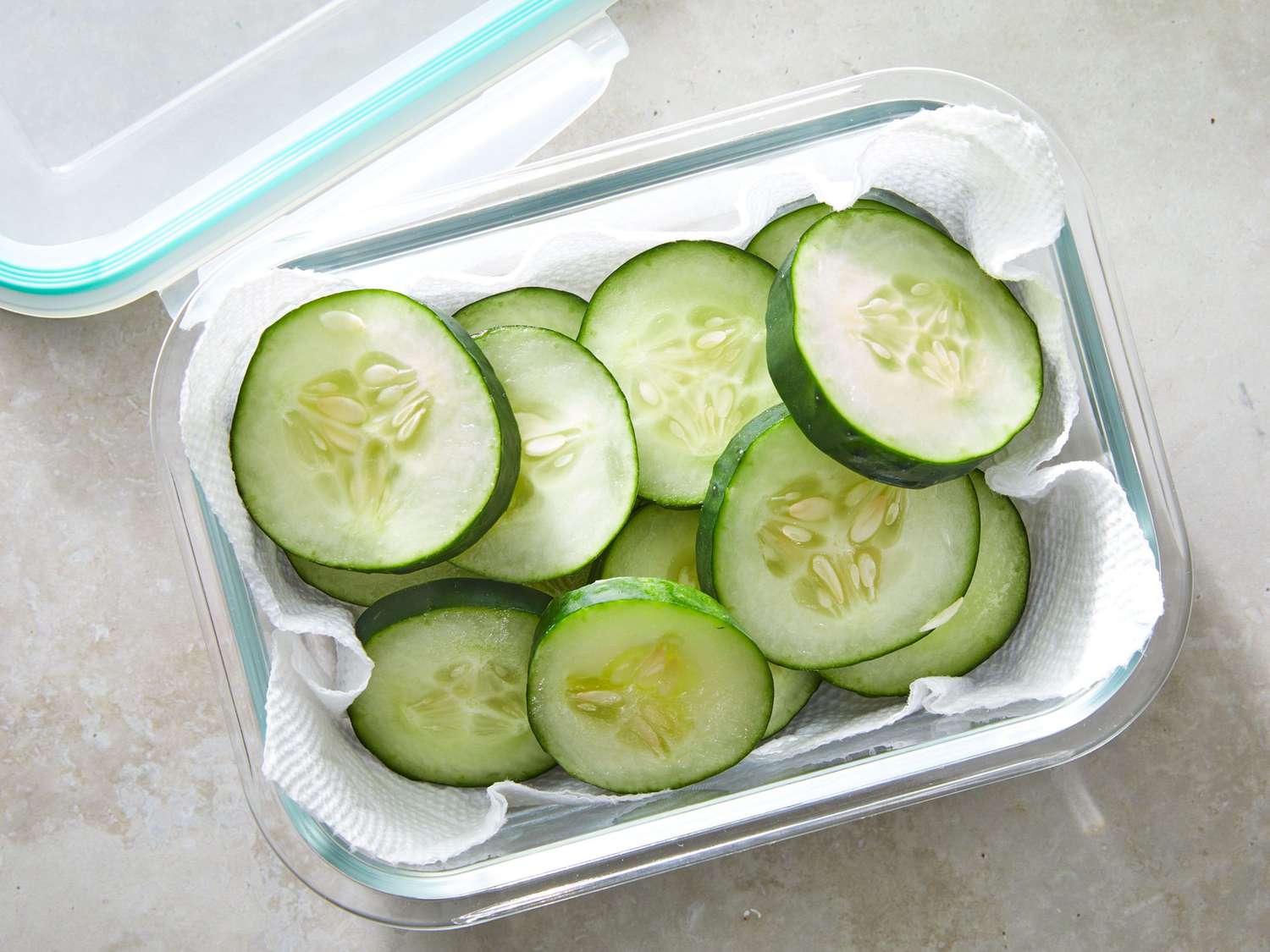
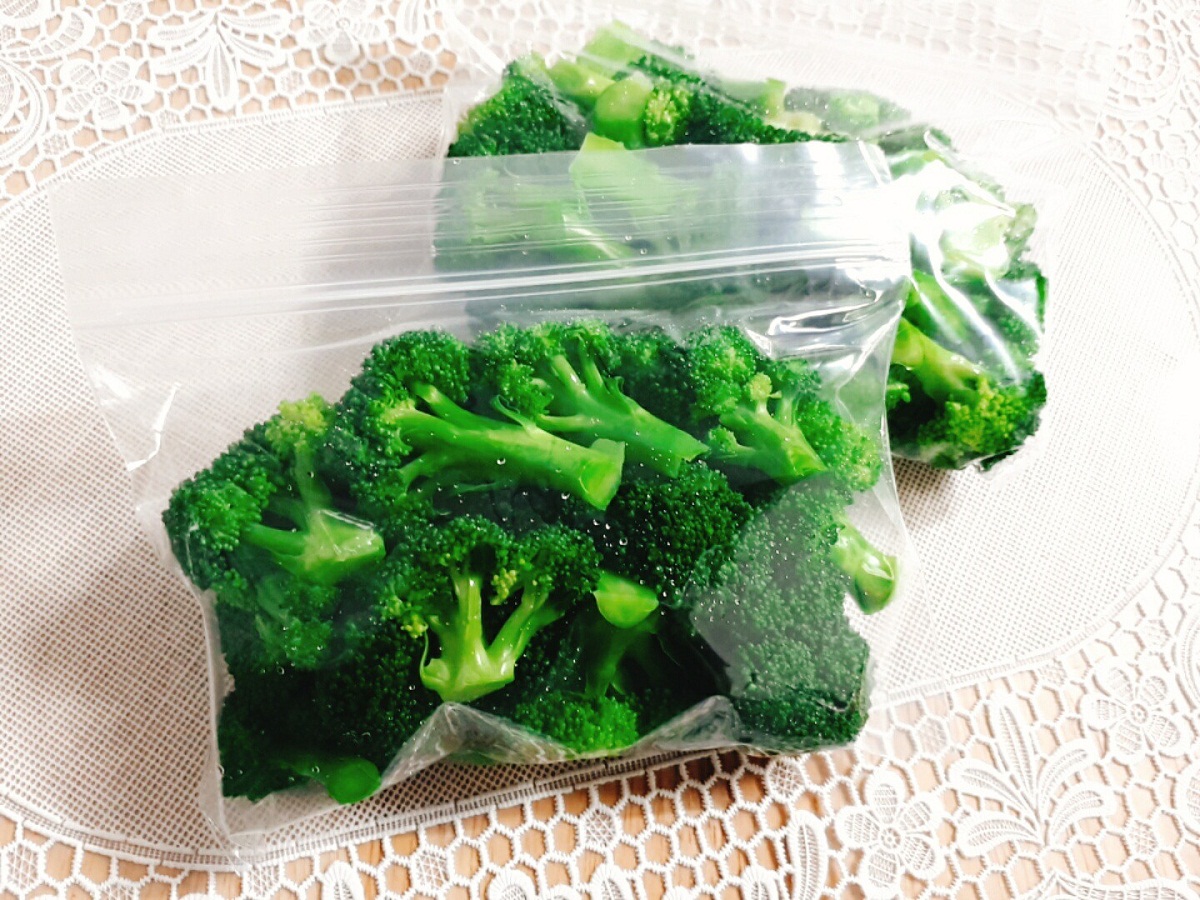
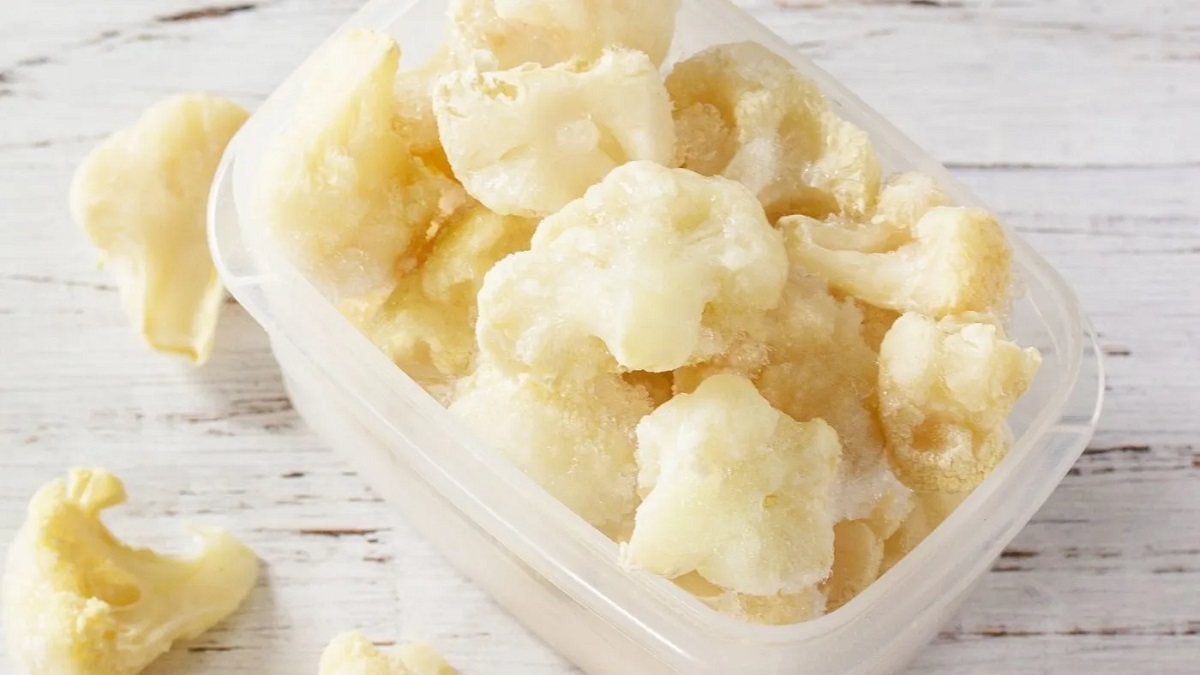
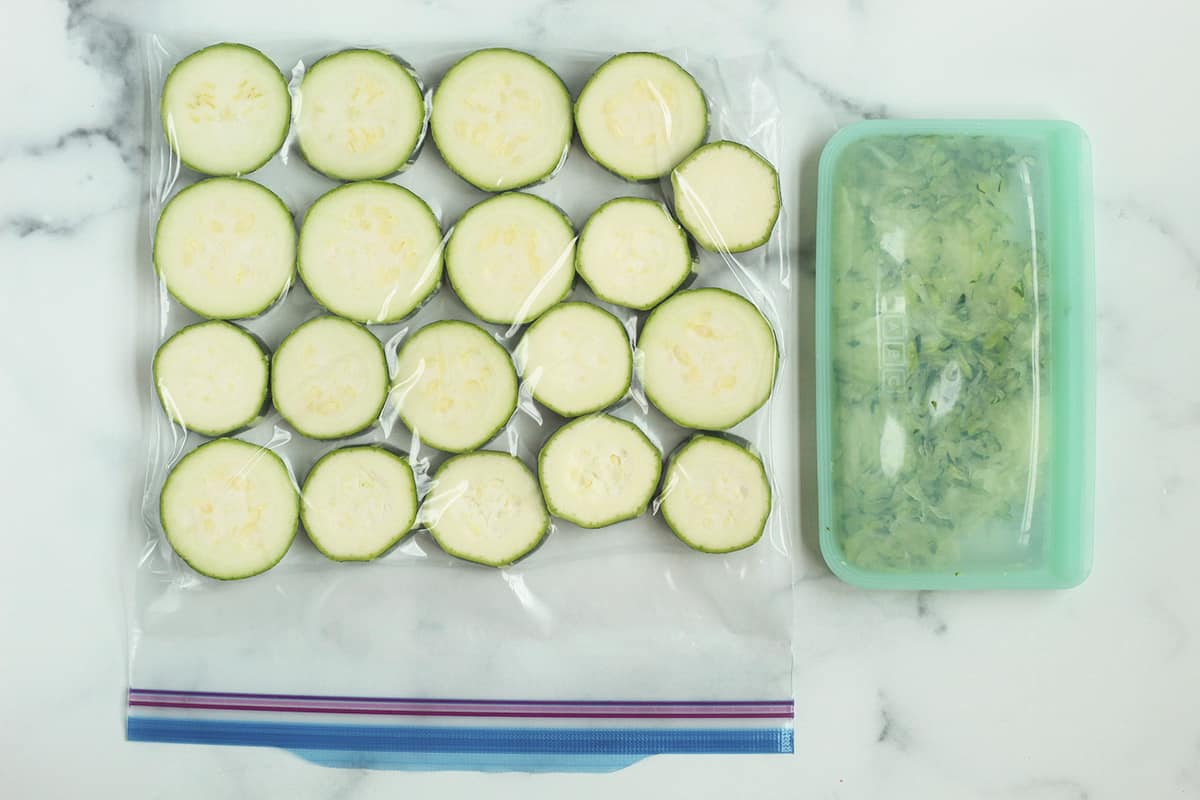
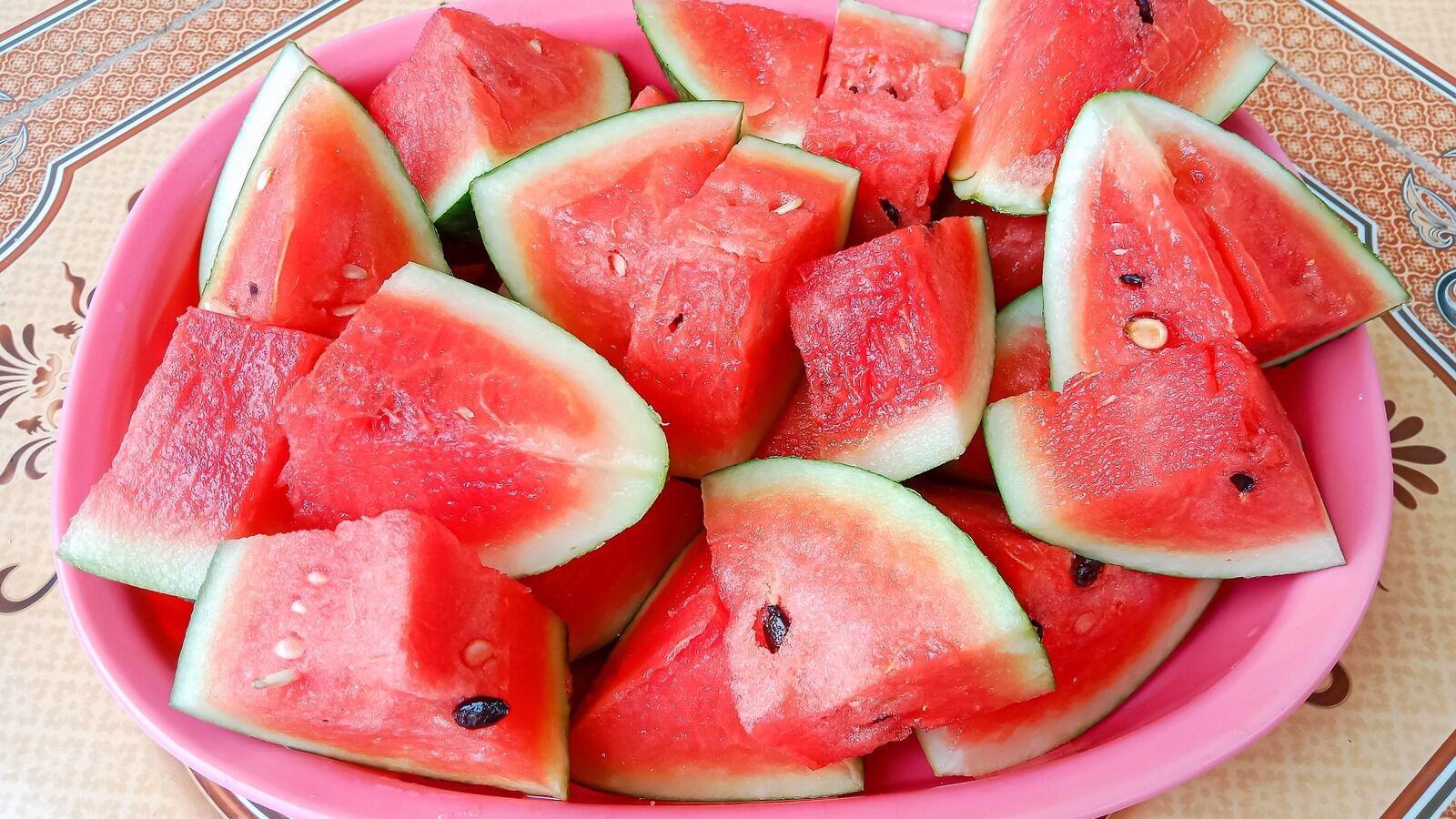
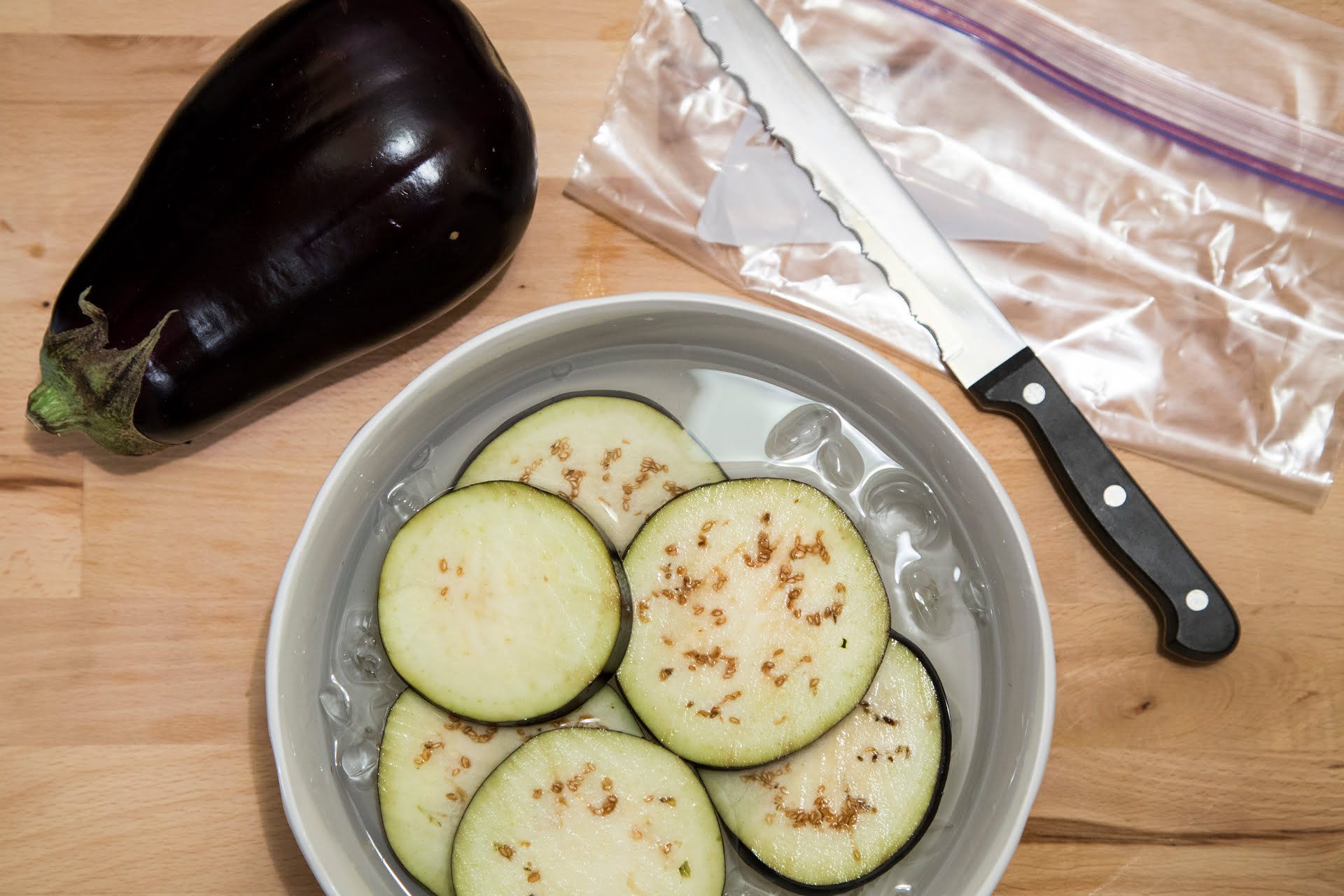
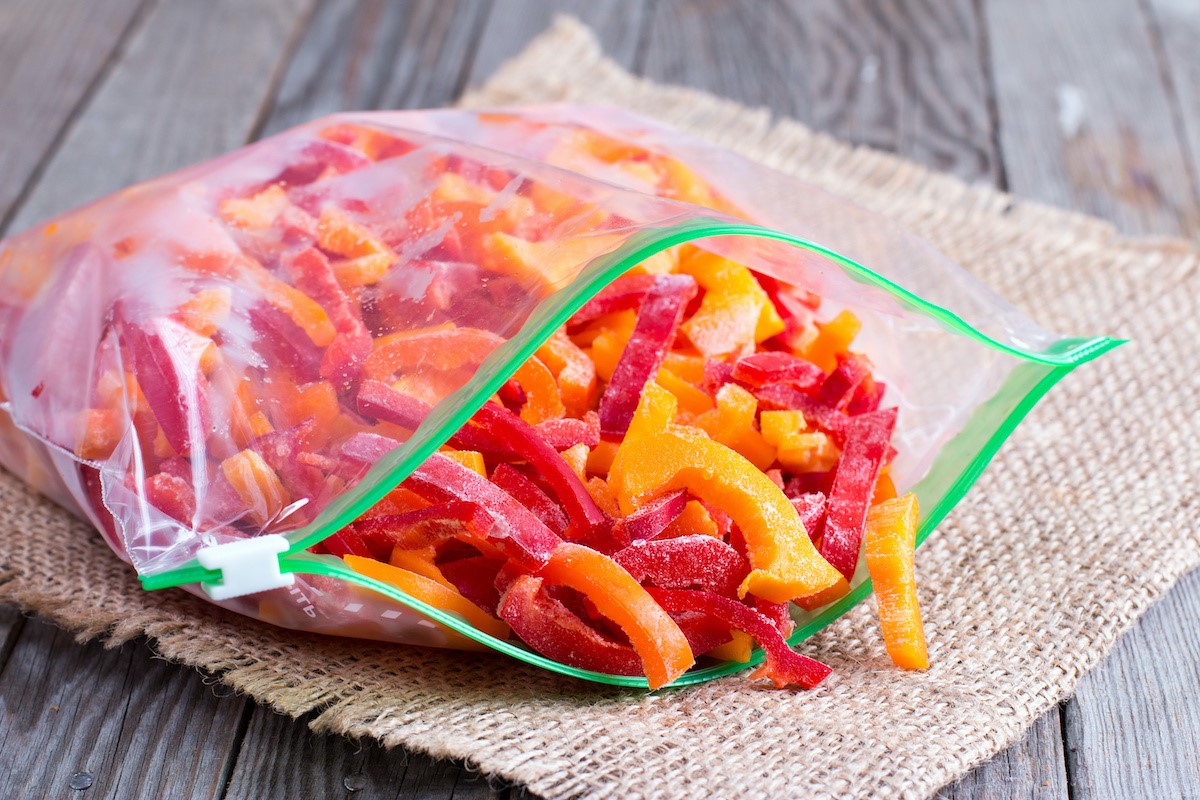
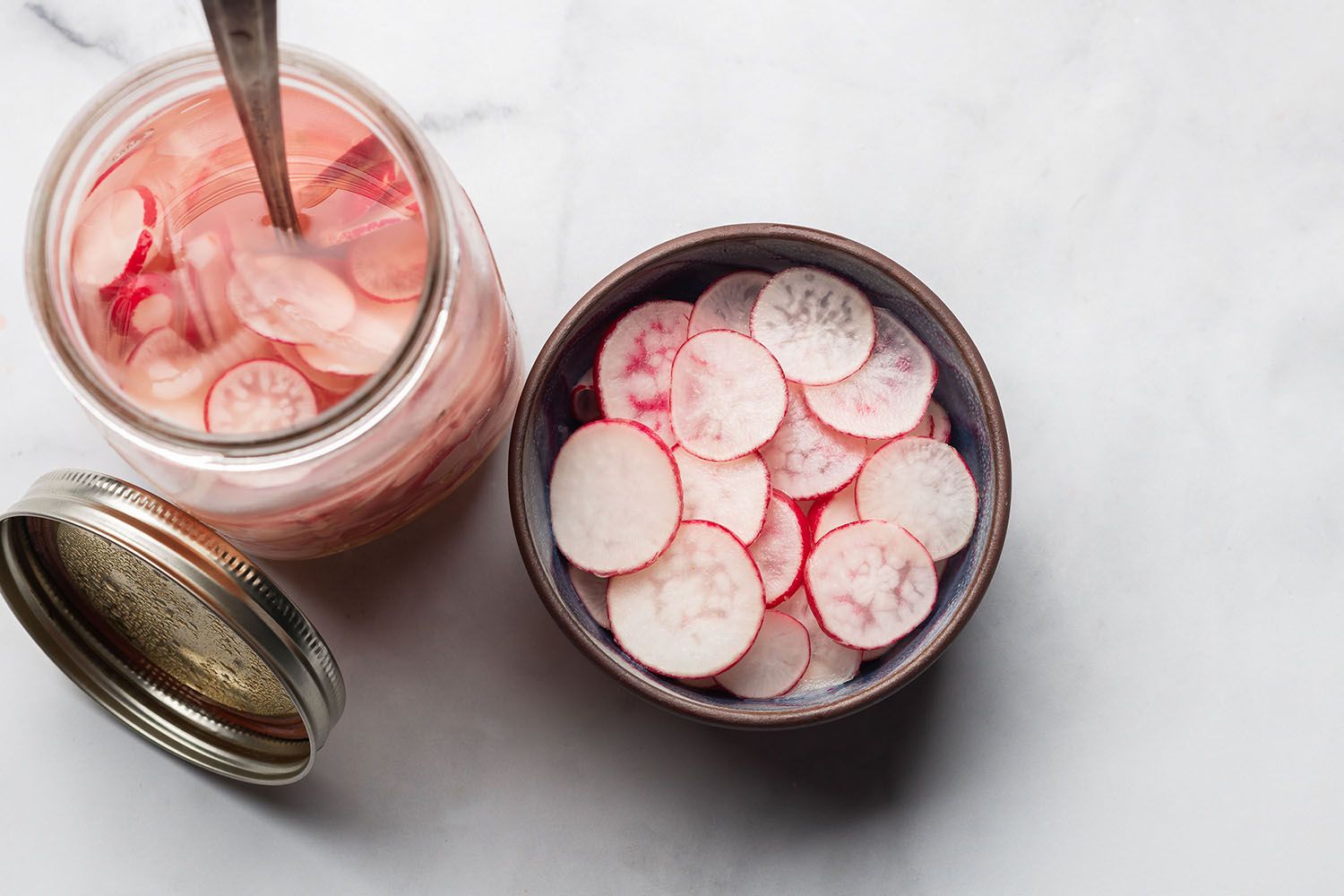
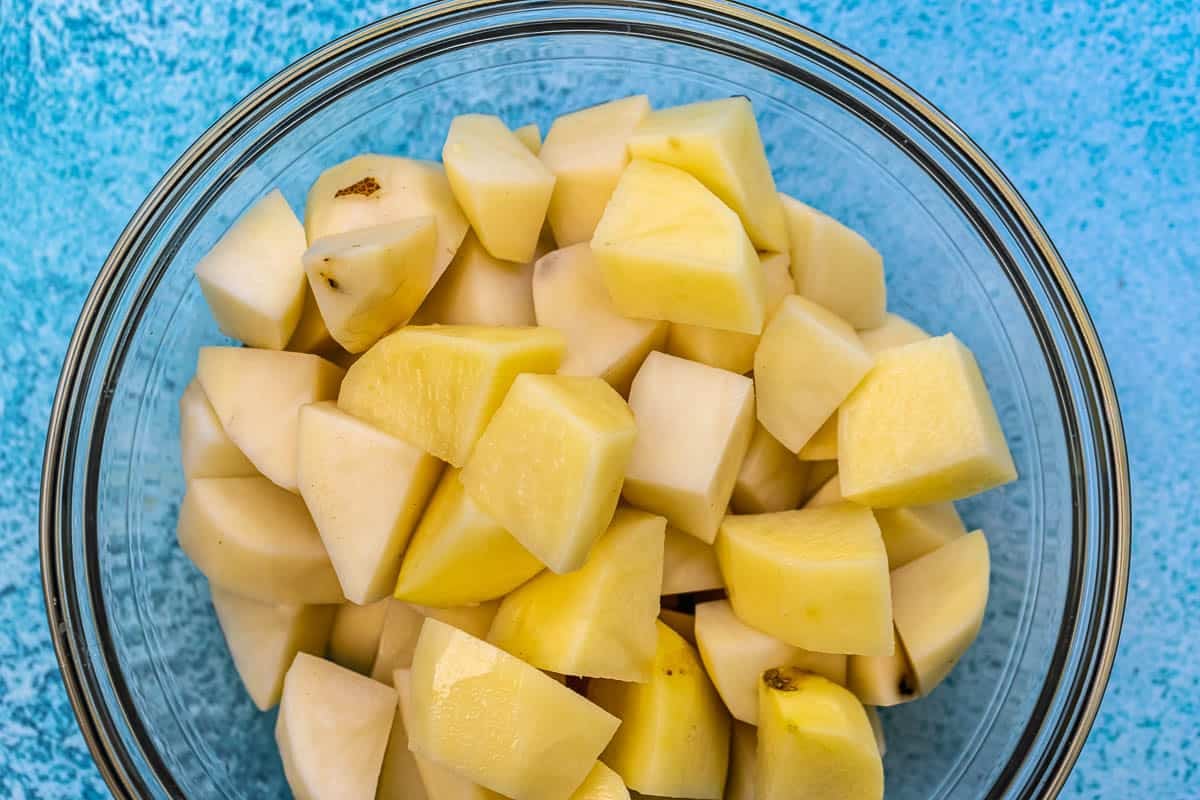
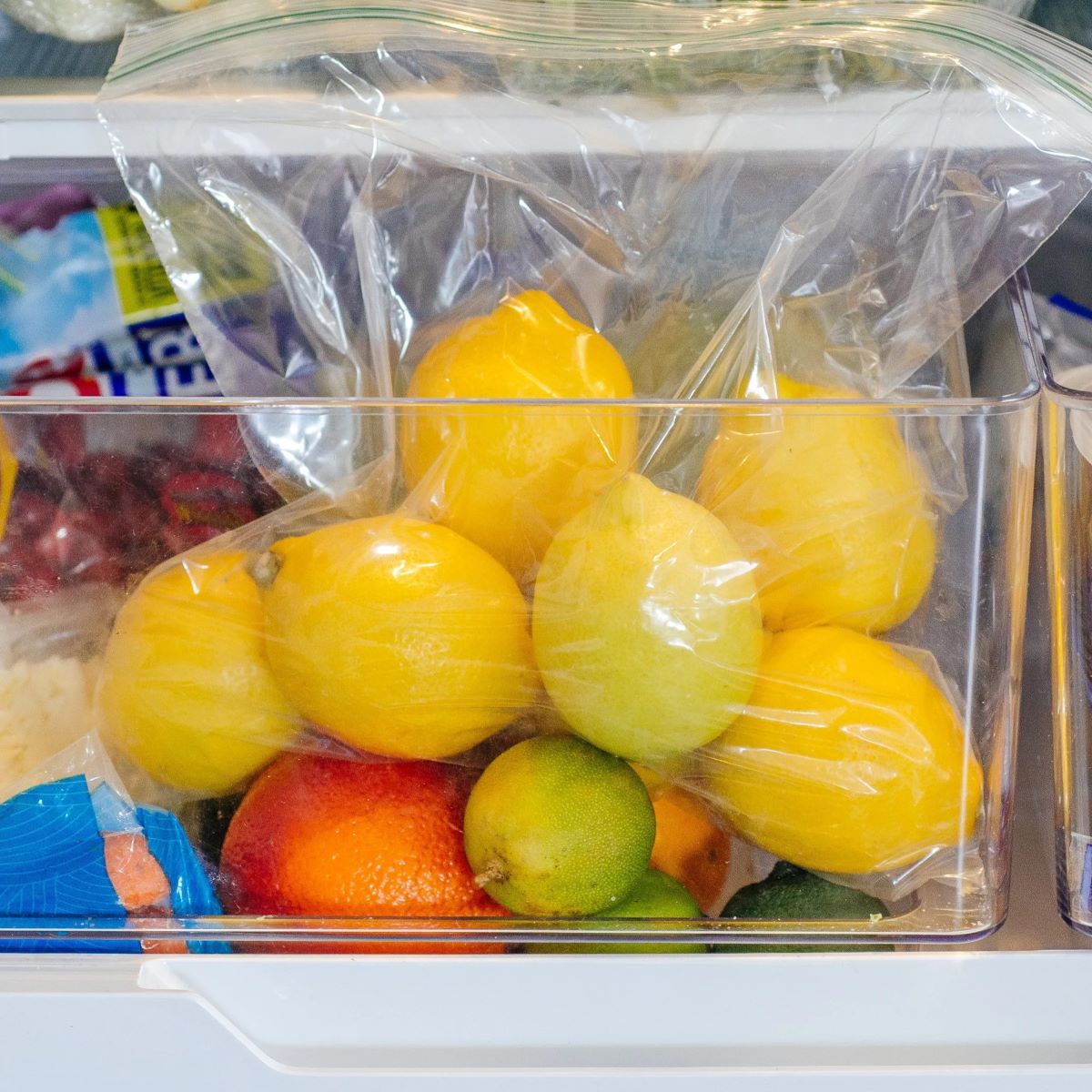
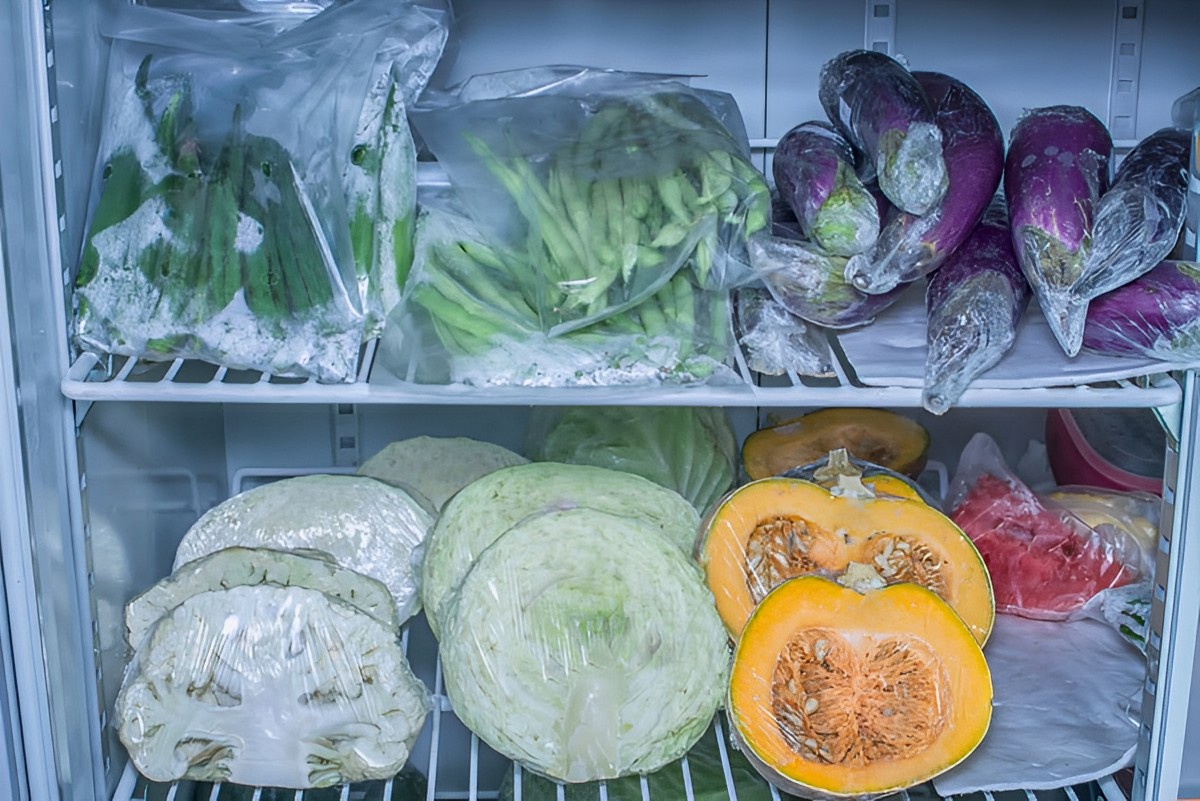
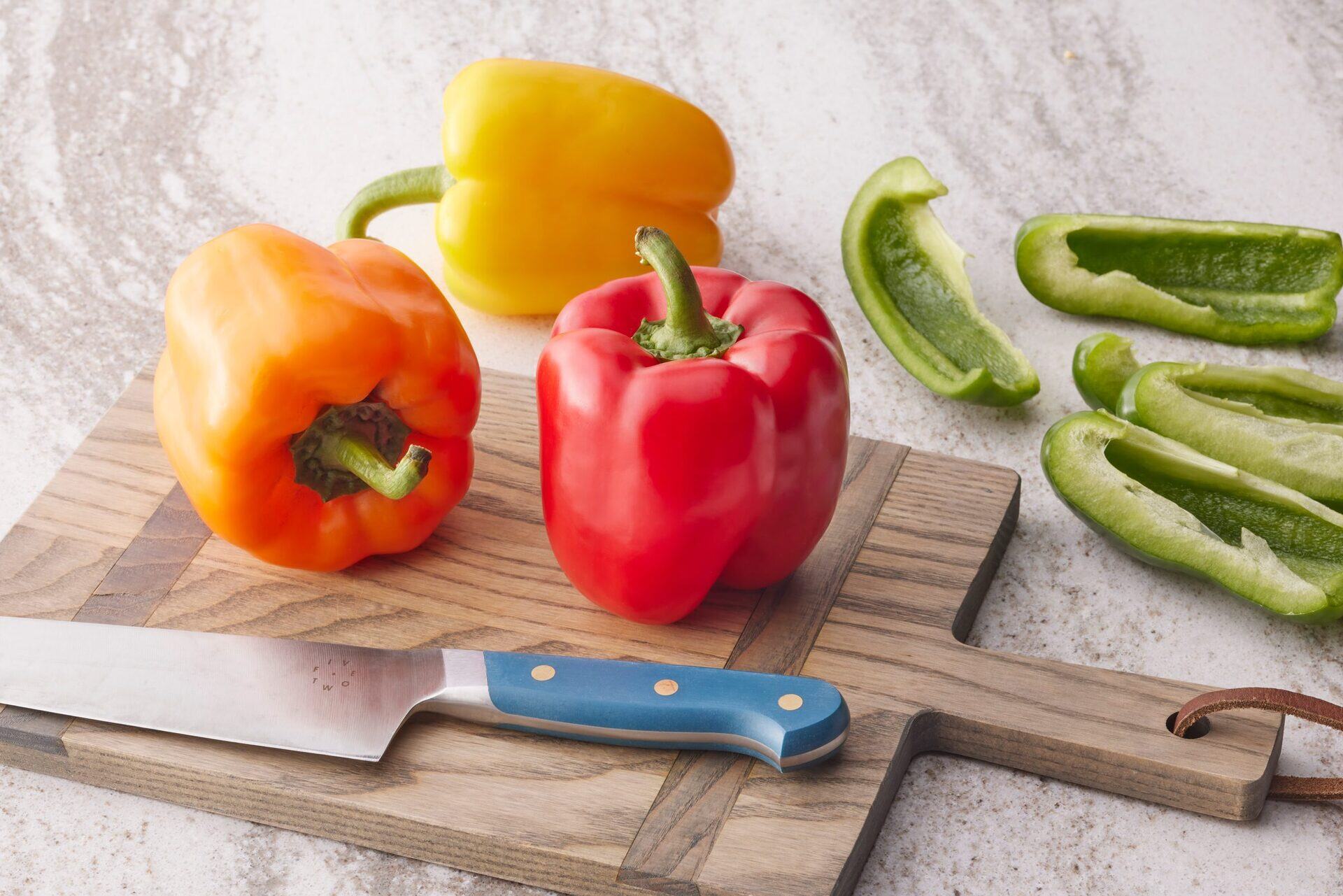


0 thoughts on “How To Store Cut Vegetables In Fridge For Long Time”